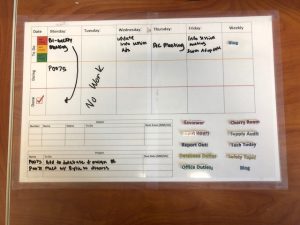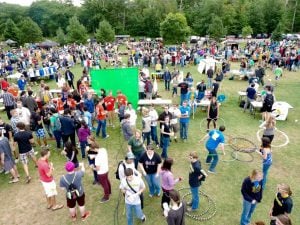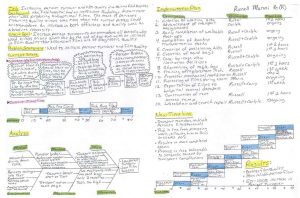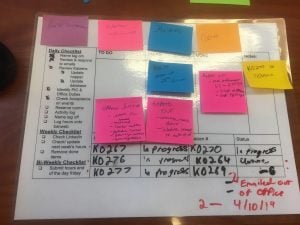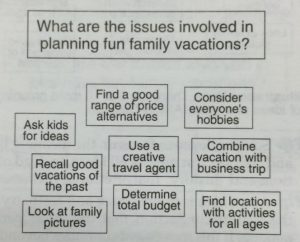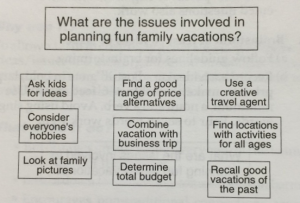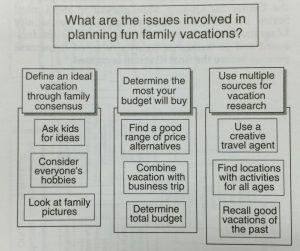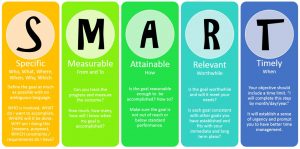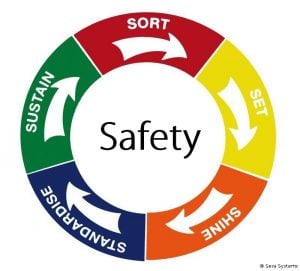Good afternoon! I hope you all have had a successful week. So much is going on. Career fair, industry days, interviews and more! Take advantage of every opportunity presented to you this week. Here in the Office of Continuous Improvement, we are looking forward to seeing you succeed and we would like to give you some tools to be more successful.
We have books on every part of improvement. From how to improve your office and efficiency on a personal level to the grander scale of Lean implementation throughout your workforce. In addition to our books, we have tools we can teach you about and classes in lean at Michigan tech that you can take. If you decide to read a book about self-improvement in lean, I would recommend “Organize your office”. This is an easy to read book for beginners, outlining simple steps on self-improvement in your office space. Just try a few tips a week and you will see tremendous results. Just imagine the reaction you could get from your boss if you manage to eliminate wasted time in the office.

If you would like more information regarding lean and how it can help you with your job, please feel free to reach out to improvement@mtu.edu or stop by our office in 136 W Wadsworth Hall between 9-5 during the week. We look forward to seeing you there!
